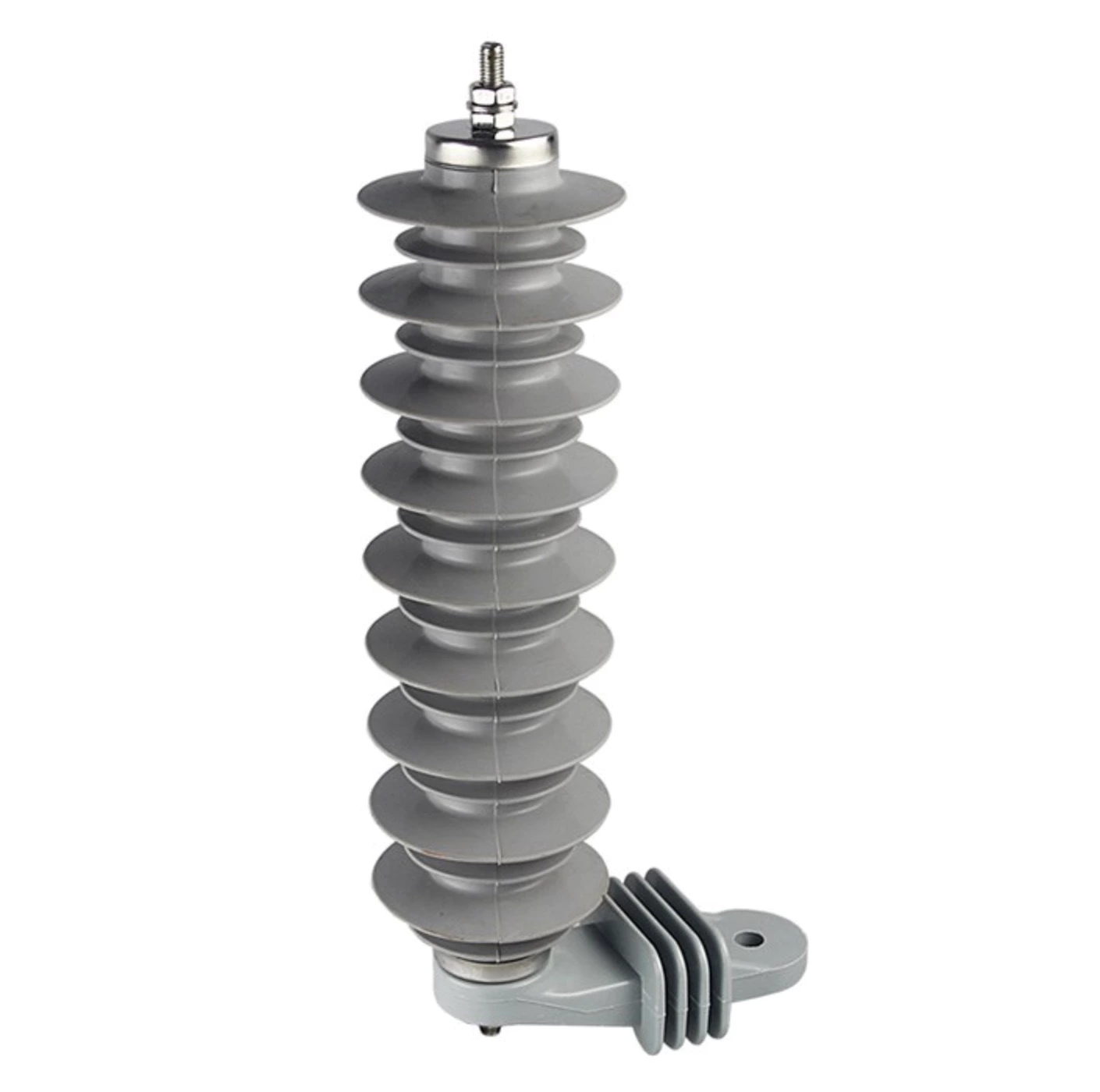First-level Lightning Protection, Second-level Lightning Protection, And Third-level Lightning Protection Devices, Do You Know Which One Is More Important?
In fact, the primary, secondary and tertiary lightning protection have their own focuses, and their importance complements each other. It is impossible to simply say which one is more important. Together, they constitute a complete lightning protection system, protecting the safety of the electrical system at different stages. The following is an analysis of the characteristics and importance of each level of lightning protection:
Level lighting arrester 33kv
Function: Level lightning arrester 20 kv is mainly used to prevent the intrusion of direct lightning strikes or high-energy surges, and is usually installed at the main distribution cabinet or main distribution box of the building.
Protection range: main distribution system and power entrance of the building.
Current capacity: 50kA-100kA, which can withstand the huge impact of lightning current.
Typical scenarios: high lightning risk areas, industrial facilities, communication base stations, etc.
Importance: Level 1 lightning protection is the first barrier of lightning protection, directly responding to high-energy surges such as lightning strikes, and avoiding damage to power systems and buildings.
Level lightning arrester 22kv
Function: Level lightning arrester 24kv is mainly used to prevent the influence of lightning induction or grid overvoltage on the distribution system, and is usually installed in the distribution cabinet.
Protection range: connection between distribution power system and branch equipment.
Current capacity: 20kA-40kA, mainly absorbs and reduces the energy not completely consumed by the first-level lightning protection.
Typical scenarios: protection of internal equipment in commercial buildings and industrial plants.
Importance: Secondary lightning protection is crucial in protecting branch equipment and reducing residual energy, and is the core link of system protection.
Level lightning arrester 24kv 10ka
Function: Level 3 lightning protection device is responsible for protecting precision equipment from weak surges and overvoltages, and is usually installed at the end of the equipment or in front of the socket.
Protection range: terminal electrical equipment, such as computers, servers, monitoring equipment, etc.
Current capacity: 5kA-10kA, used to further limit the voltage to the safe range of the equipment.
Typical scenarios: data centers, laboratories, medical equipment, etc.
Importance: Level 3 lightning protection can effectively protect equipment sensitive to voltage fluctuations and is the ultimate refined protection measure.
Level 3 lightning protection device
The synergistic relationship between the three
Level 1 lightning protection responds to high-energy surges and avoids disasters caused by direct lightning strikes.
Secondary lightning protection weakens residual energy and prevents the threat of induced lightning or operational overvoltage to the system.
Third-level lightning protection further reduces the voltage to the safety range of the equipment, providing the last line of defense for precision equipment.
Comprehensive comparison: Which is more important?
Integrity is more important: primary, secondary and tertiary lightning protection each have different responsibilities and are indispensable.
Actual priority: If resources are limited, it can be implemented step by step according to the risk level:
In areas with high lightning risk, primary lightning protection should be installed first.
Commercial or industrial systems need to install secondary lightning protection at the same time.
Third-level lightning protection is indispensable for precision equipment.
How to achieve comprehensive protection?
Multi-level protection design: Install primary lightning protection at the entrance of the building, secondary lightning protection in the distribution box, and third-level lightning protection at the equipment terminal.
Follow international standards: Select lightning arresters that comply with international standards such as IEC 61643-11.
Regular inspection and maintenance: Check the status of lightning protection equipment before and after the thunderstorm season to ensure its good performance.
The primary, secondary, and tertiary lightning protection devices complement each other and work together to build a comprehensive lightning protection system. In actual applications, it is necessary to comprehensively configure according to the scene and the sensitivity of the equipment. Only by rationally designing and installing a multi-level lightning protection system can we achieve full coverage from rough protection to fine protection and minimize the losses caused by lightning strikes and surges.
Secondary lightning protection device

